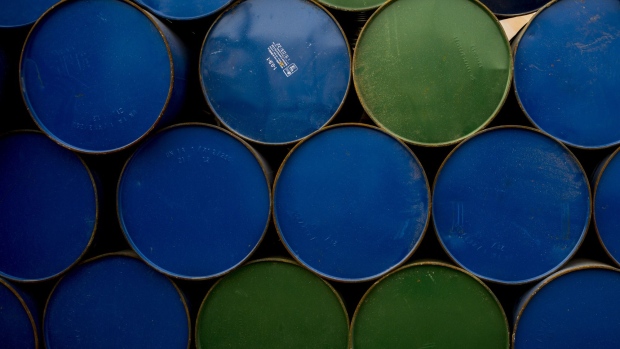Aug 31, 2022
Myanmar Plans $200 Million FX Intervention to Ease Fuel Price Crunch
, Bloomberg News

(Bloomberg) -- Myanmar’s military government says it will provide more than $200 million through the foreign currency market to ease a surge in basic commodity prices driven by high fuel prices.
The six-member Foreign Exchange Supervisory Committee came up with the decision after the monetary authority’s meeting with local banks and fuel oil importers last week, according to a statement late Wednesday by the Central Bank of Myanmar.
This marks the financial authority’s first sale of US dollars in nearly six months, government data show. The central bank last sold $15 million at its FX auction with an average exchange rate of 1,778 kyat per dollar on March 8, following only six auction sales of US dollars in early 2022.
Last month, the central bank changed the reference exchange rate from 1,850 to 2,100 kyat per dollar as the national currency continues to weaken. But, a huge gap between the official rate and market price remains, as the black market rate became 90% higher than the reference exchange rate Wednesday.
The economy has been in turmoil since the military toppled the Aung San Suu Kyi-led civilian government in the 2021 coup. International organizations including the International Monetary Fund and World Bank said they don’t have the latest data on Myanmar’s forex reserves. But Commerce Minister Aung Naing Oo told Bloomberg News that Myanmar’s foreign reserves have improved a bit, compared to $6.04 billion recorded last October.
Last week, the authority warned of effective action against illegal forex traders under the Foreign Exchange Management Law and regulations, while urging people not to panic and not to trust manipulators. The central bank has also ordered licensed banks to report sales of foreign currencies to importers of fuel and edible oils on a daily basis, starting from this week.
The cost of the basic food basket in Myanmar was 34% higher in July than the same time last year, the UN’s World Food Program said in a report. Fuel prices remain significantly higher than one year ago, and reports of fuel shortages in early to mid-August have led to renewed price increases outside the monitoring period, it said.
©2022 Bloomberg L.P.





